2002 No. 506
The Hallmarking (International Convention) Order 2002
Made
Laid before Parliament
Coming into Force
The Secretary of State in exercise of her powers under sections 2(1)(c), 2(3) and 21(1) of the Hallmarking Act 1973 M1 (hereinafter called “the Act”) hereby makes the following Order:
1
1
This Order may be cited as the Hallmarking (International Convention) Order 2002, and shall come into force on the 1st April 2002.
2
The Hallmarking (International Convention) Order 1976 M2 is hereby revoked.
2
In this Order “the Convention” means the Convention on the Control and Marking of Articles of Precious Metals done at Vienna on 15th November 1972.
3
1
The following marks are designated for the purposes of section 2 of the Act as marks recognised pursuant to the Convention, that is to say—
a
except in a case in which the number is applied to the article by a person other than an assay office authorised as mentioned in sub-paragraph (b) below, a number in Arabic numerals indicating the standard of fineness of an article being—
F14i
in the case of gold, 999, 916, 750, 585 or 375;
ii
in the case of silver, 999, 925, 830 or 800;
iii
in the case of platinum, 999, 950, 900 or 850; and
iv
in the case of palladium, 999, 950 and 500.
b
a mark which has been notified in accordance with the Convention as being the mark of an assay office authorised for the purposes of the Convention in the territory of a Contracting State other than the United Kingdom;
c
The Common Control Mark comprising a number specified in sub-paragraph (a) above.
2
The Common Control Mark consists of the representation of a balance together with the number in Arabic numerals showing the standard of fineness of the article in relief on a lined background surrounded by a shield indicating the nature of the precious metal. The shields are illustrated in Part 1 of Schedule 1 hereto; and examples of the Common Control Mark are illustrated in Part II of that Schedule.
3
The marks referred to in paragraph (1)(b) are illustrated in Schedule 2 hereto.
4
Every mark, being the name of a person who submits articles for hallmarking, or an abbreviation thereof or a symbol indicating such a person which has been entered in the official register of a Contracting State other than the United Kingdom, or in the official register of an authorised assay office in the territory of such a Contracting state, is designated—
a
as a mark recognised pursuant to the Convention; and
b
as a sponsor’s mark for the purposes of the Act.
5
1
A person submitting an article for hallmarking to an assay office in the United Kingdom authorised for the purposes of the Convention may request the assay office to strike the article with the marks specified in Article 3(1)(a) and (c) above whether or not the article bears or is to bear other approved hallmarks, and (subject to the provisions of the Act and, in particular, section 4 as having effect in the manner indicated in paragraph (2) of this Article) the assay office shall give effect to any such request; and the following provisions of this Article shall apply:
Provided that nothing in this paragraph shall require an assay office to strike an article with the mark specified in Article 3(1)(a) if the article already bears approved hallmarks struck in the United Kingdom which include the mark so specified.
2
Section 4 of the Act shall have effect in relation to the striking of such specified marks as if—
a
subsection (1)(a)(ii) required the striking on the article of the marks specified in Article 3(1)(a) (subject to the proviso in paragraph (1) of this Article), and in Article 3(1)(c), instead of the standard mark;
b
subsection (1)(a)(iii) were omitted;
c
the words in subsection (1)(“and, as respects all such articles” to the end of the subsection and Part IV of Schedule 2 to the Act, did not apply in relation to the Common Control Mark;
d
in subsection (2) the reference to subsection (1)(a)(iii) were omitted;
e
in subsection (3), in head (c) of the proviso to paragraph b(i) “585” were substituted for “
500
”
, and in paragraph (b)(iii), “995” were substituted for “
the standard of fineness of the article
”
;
f
in paragraph 4 of Part II of Schedule 2 to the Act—
i
in subparagraph (c), for the words “struck only with the standard mark for the metal of which those parts are made” there were substituted the words “
stamped or engraved with a specific designation of the metal
”
;
ii
the words “and in relation to any article” to the end of paragraph 4 were omitted; and
g
in Part III of Schedule 2 to the Act, for paragraph 6(b)(ii) there were substituted the following—
ii
these materials are used for filling the handle of a knife, fork or spoon and only in such a quantity as is necessary for joining.
6
1
A person may submit to an assay office an article wholly or partly of silver with a written request that it be marked as being of a fineness of 830 as respects the article as a whole or its silver parts; and in such a case the following provisions of this Article shall have effect.
F152
Article 5 shall apply as if a new sub-paragraph were added after paragraph 2(e) substituting in section 4(3)(b)(ii) of the Act “550” for “650”.
3
Where a silver article is struck with the mark indicating a standard of fineness of 830 the article shall be struck with the relevant assay office mark set out below instead of the mark set out in column (2) or (3), as the case may be, of paragraph 1 of Part 1 of Schedule 2 to the Act.
4
Marks struck by an assay office on an article in accordance with sub-paragraph (1) above shall not be approved hallmarks for the purposes of section 2(4)(a) of the Act; and accordingly the article shall be unhallmarked.
SCHEDULE 1
PART I SHIELDS
F12For palladium articles |
|
PART II EXAMPLES OF THE COMMON CONTROL MARK
F13For palladium articles of the standard of fineness 999 |
|
SCHEDULE 2 FOREIGN ASSAY OFFICE MARKS
AUSTRIA
F7CYPRUS
Words in Sch. 2 inserted (15.1.2012) by The Hallmarking (International Convention) (Amendment) Order 2011 (S.I. 2011/3039), arts. 1, 7(2)
CYPRUS | |
For all standards of fineness recognised by the Convention | |
Gold | Silver |
|
|
CZECH REPUBLIC
DENMARK
FINLAND
1
Articles of precious metals
2
Articles of precious metals exported with standards of fineness other than those recognised by Finnish law
F9HUNGARY
Words in Sch. 2 inserted (15.1.2012) by The Hallmarking (International Convention) (Amendment) Order 2011 (S.I. 2011/3039), arts. 1, 7(3)
For all standards of fineness recognised by the Convention |
|
IRELAND
1
Articles of precious metals
2
Articles made elsewhere
F10ISRAEL
Words in Sch. 2 inserted (15.1.2012) by The Hallmarking (International Convention) (Amendment) Order 2011 (S.I. 2011/3039), arts. 1, 7(4)
Gold | |||
1. For the standard of fineness 375 | |||
| |||
2. For the standard of fineness 585 | |||
| |||
3. For the standard of fineness 750 | |||
| |||
4. For the standard of fineness 875 | |||
| |||
5. For the standard of fineness 916 | |||
| |||
6. For the standard of fineness 999 | |||
| |||
Silver | |||
1. For the standard of fineness 800 | |||
| |||
2. For the standard of fineness 835 | |||
| |||
3. For the standard of fineness 925 | |||
| |||
4. For the standard of fineness 999 | |||
|
LATVIA
For all standards of fineness recognised by the Convention | |||
Gold | Silver | Platimum | Palladium |
|
|
|
|
LITHUANIA
A. OFFICIAL LITHUANIAN CONTROL MARKS | |||
1. Articles of precious metals | |||
Gold | Silver | Platinum | Palladium |
|
|
|
|
B. DISTINCTIVE MARKS OF THE AUTHORISED LITHUANIAN ASSAY OFFICES | |||
The distinctive mark of each office is to be found on all Official Lithuanian Control Marks at the top left upper corner on the illustrations above. | |||
Office | Distinctive Mark | ||
Druskinikai Central Office | D | ||
Klaipéda Branch | L | ||
Kaunas Branch | K | ||
Šiauliai Branch | S | ||
Vilnius Branch | V | ||
NETHERLANDS
Words in Sch. 2 substituted (15.1.2012) by The Hallmarking (International Convention) (Amendment) Order 2011 (S.I. 2011/3039), arts. 1, 7(5)
F11For all standards of fineness recognised by the Convention |
Joure Assay Office |
|
Gouda Assay Office |
|
NORWAY
F2POLAND
Words in Sch. 2 inserted (15.1.2012) by The Hallmarking (International Convention) (Amendment) Order 2011 (S.I. 2011/3039), arts. 1, 7(6)
A. OFFICIAL POLISH CONTROL MARK | |
| |
B. DISTINCTIVE MARKS OF THE AUTHORISED POLISH ASSAY OFFICES | |
The distinctive mark of each office is to be found on all Official Polish Control Marks at the place marked with a cross in the illustration above. | |
Assay Office placed under the Regional Assay Office, Cracow | Mark |
Chorzów | H |
Częstochowa | Z |
Cracow | K |
Poznań | P |
Wrocław | V |
Assay office placed under the Regional Assay Office, Warsaw | Mark |
Białymstok | A |
Bydgoszcz | B |
Gdańsk | G |
Łódź | Ł |
Warsaw | W |
PORTUGAL
F1Gold | |
For the standards of fineness 999 and 916 | |
Lisbon Assay Office | Oporto Assay Office |
|
|
Silver | |
F5SLOVAK REPUBLIC
Words in Sch. 2 inserted (15.1.2012) by The Hallmarking (International Convention) (Amendment) Order 2011 (S.I. 2011/3039), arts. 1, 7(8)
A. OFFICIAL SLOVAKIAN CONTROL MARKS | |
| |
B. DISTINCTIVE MARKS OF THE AUTHORISED SLOVAKIAN ASSAY OFFICES | |
The distinctive mark of each office is to be found on all Official Swiss Control Marks at the place marked with a cross on the illustration above. | |
Office | Mark |
Bratislava | B |
Levice | L |
Kosice | K |
Trencin | T |
SLOVENIA
Gold | |
For all standards of fineness recognised by the Convention | |
Ljubljana Assay Office | Celje Assay Office |
|
|
Silver | |
Ljubljana Assay Office | Celje Assay Office |
|
|
Platinum | |
Ljubljana Assay Office | Celje Assay Office |
|
|
Palladium | |
Ljubljana Assay Office | Celje Assay Office |
|
|
SWEDEN
1
For all standards of fineness recognised by the Convention
2
For standards of fineness recognised by the Swedish law, being at least 750 for gold, 830 for silver and 950 for platinum.
a
Articles made in Sweden
b
Articles made elsewhere
SWITZERLAND
A. OFFICIAL SWISS CONTROL MARKS
1
Articles of precious metals
2
Watch cases of precious metals not originating in Switzerland
3
Articles of precious metals exported with standards of fineness other than those recognised by Swiss law
B. DISTINCTIVE MARKS OF THE AUTHORISED SWISS ASSAY OFFICES
The distinctive mark of each office is to be found on all Official Swiss Control Marks at the place marked with a cross in the illustrations above.
Office | Distinctive mark |
|---|---|
Berne (Head Office) | + (Swiss cross) |
Bâle-ville | ★ (5 pointed star) |
Bâle-aéroport | M |
Bienne | B |
La Chaux-de-Fonds | C |
Chiasso | t |
Genève-ville | G |
Genève-aéroport | A |
Granges | g |
Lausanne | V |
Le Locle | L |
Neuchâtel | N |
Le Noirmont | n |
Romanshorn | R |
Schaffhouse | S |
Zürich-ville | Z |
Zürich-aéroport | K |
ggg
F6For all standards of fineness recognised by the Convention | |
| |
DISTINCTIVE MARKS OF THE AUTHORISED SWISS ASSAY OFFICES | |
The distinctive mark of each office is to be found on all Official Swiss Control Marks at the place marked with a cross on the illustration above. | |
Assay Office | Mark |
Berne (Head Office) | B |
Le Noirmont | J |
Chiasso | T |
Genève-aéroport | G |
Zürich-aéroport | Z |

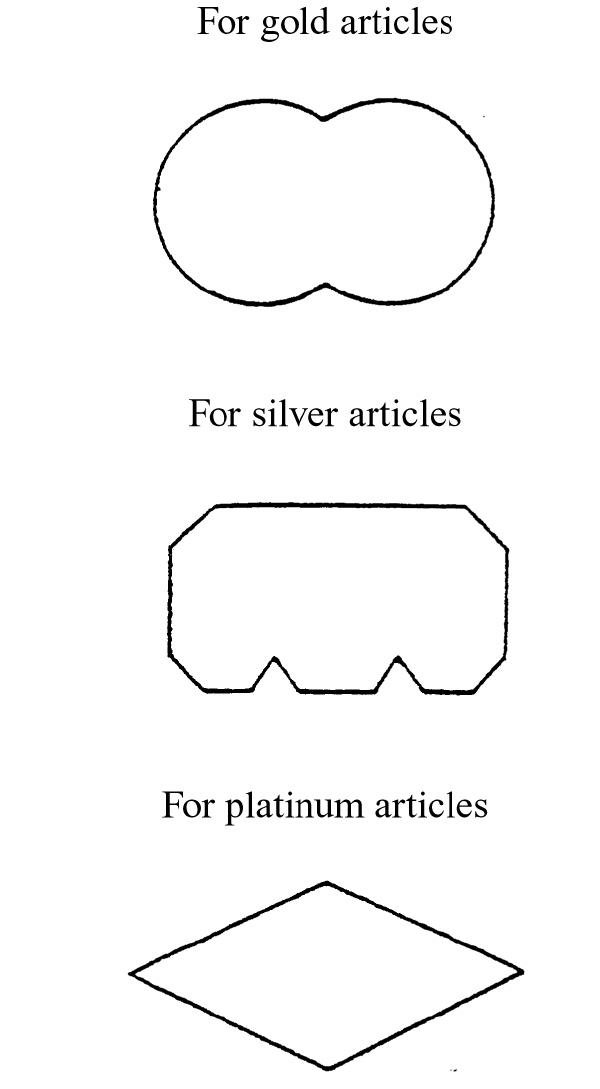

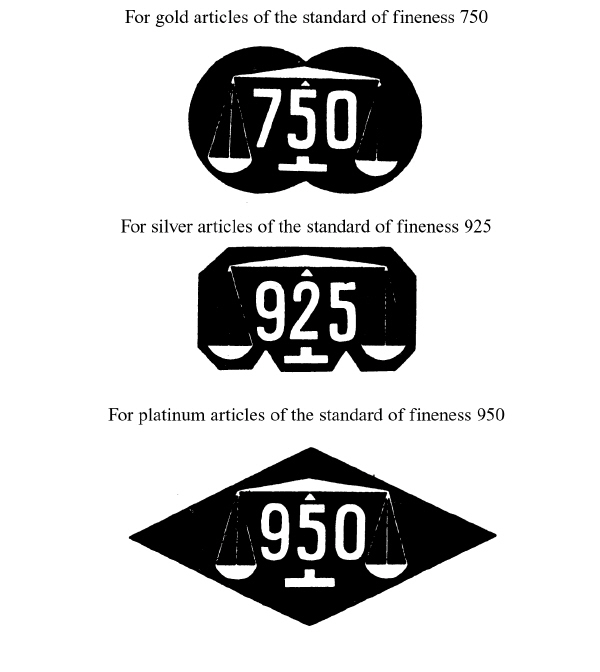

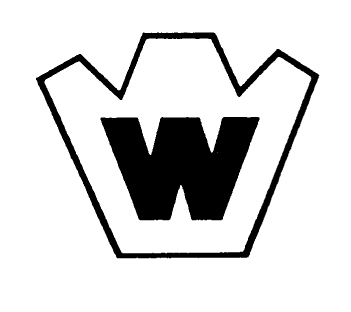


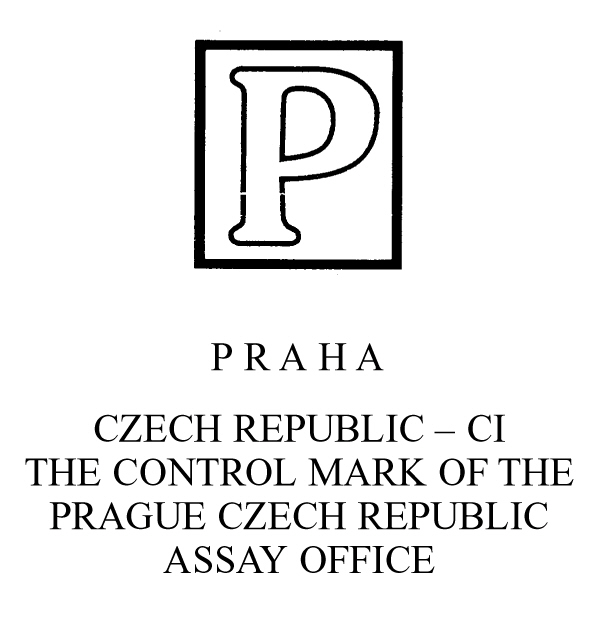
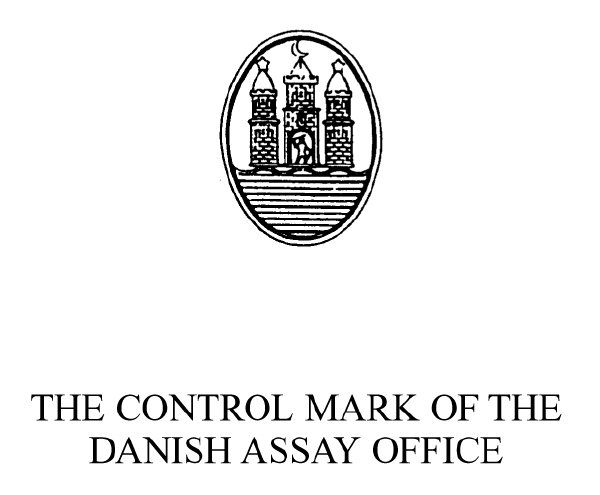
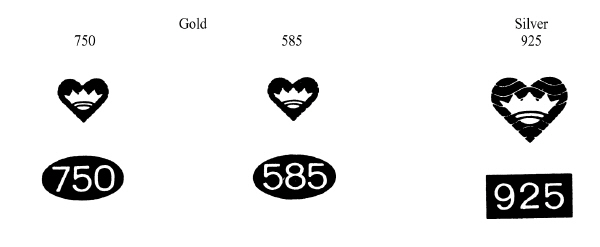
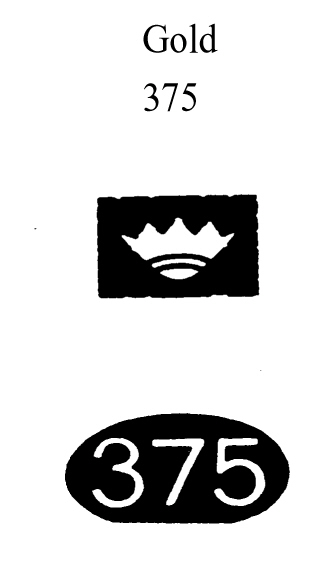



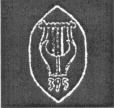
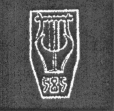
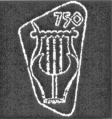
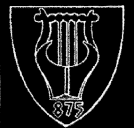
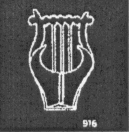
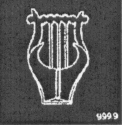
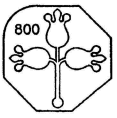
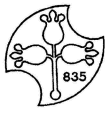
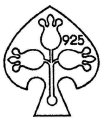
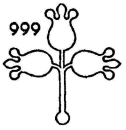

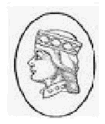
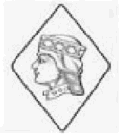
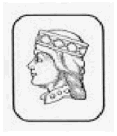
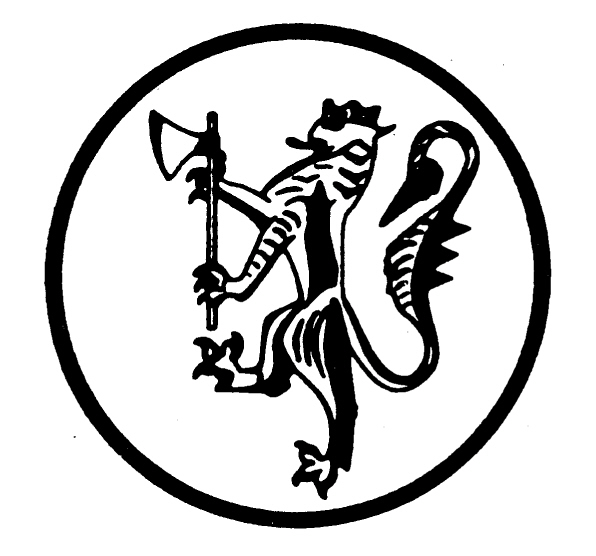
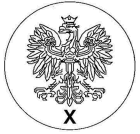
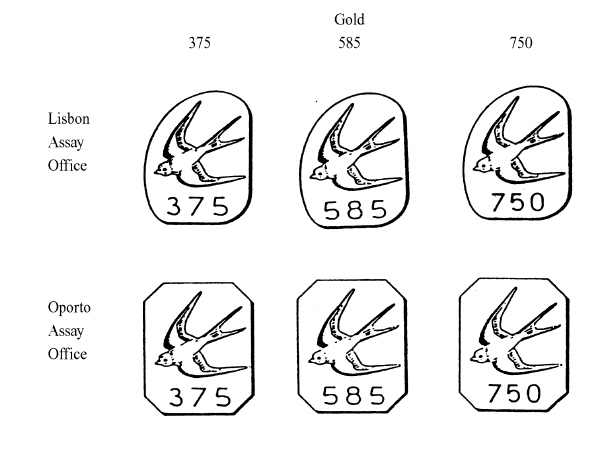

















1973 c. 43, as amended by The Hallmarking (Hallmarking Act Amendment) Regulations 1988 S.I. 1998/2978.